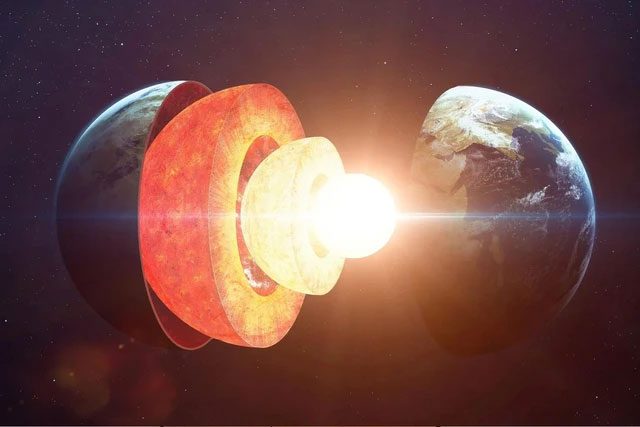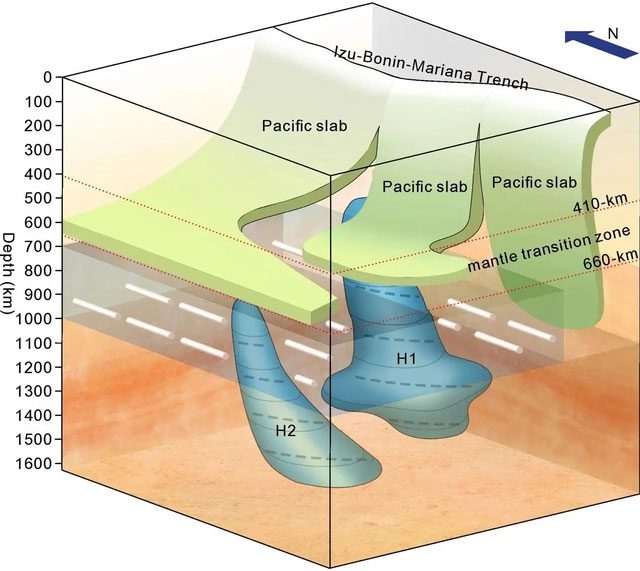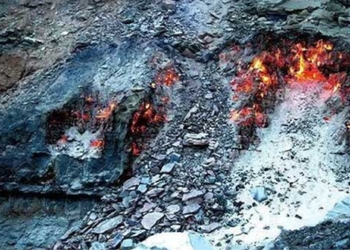A 50-Million-Year-Old Geological Treasure Buried Beneath the Philippine Sea, Preserving Intriguing Data About the Earth’s Mantle.
According to SciTech Daily, a team of scientists from China and Japan has identified unique characteristics of the flow field in the Earth’s lower mantle through fascinating discoveries deep beneath the Philippine Sea.

The mantle is the layer beneath the crust and plays a crucial role in the geological activity of the Earth – (Photo: SCITECH DAILY).
The lower mantle is an important layer of the Earth, potentially playing a significant role in the evolution process and material cycles within the planet.
Overall, it is believed to be not only the final destination of subducting tectonic plates but also the birthplace of mantle plumes, which are crucial in the processes of evolution and the material cycles of the Earth’s surface and interior.
Human understanding of the characteristics of flow fields and the geodynamics of the mantle still has many gaps.
Results from seismic studies indicate the presence of anomalously fast velocity regions at depths of 700-1,600 km beneath the Philippine Sea.
Among these, two anomalous regions at depths of 700-900 km are not related to current subduction zones but are identified as two mantle flows originating approximately 50 million and 40 million years ago, belonging to the Cenozoic Era.

The two anomalous regions H1 and H2 are ancient mantle flows fortuitously preserved beneath the Philippine Sea – (Photo: IOCAS).
Thanks to an unexpected stroke of luck, they have remained intact, undamaged by more recent geological activities.
This discovery provides further concrete evidence of one of the ways in which the Earth’s mantle operates.
Changes in this mantle also significantly affect the properties of the entire planet and the tectonic plates above it, which carry oceanic or continental crusts.
Understanding more about the mantle helps geologists gain better insights into how the Earth has evolved geologically and predict planetary-scale changes in the future.
The research is led by Professor Fan Jianke from the Institute of Oceanology at the Chinese Academy of Sciences (IOCAS) and published in the scientific journal Nature Geoscience.





















































